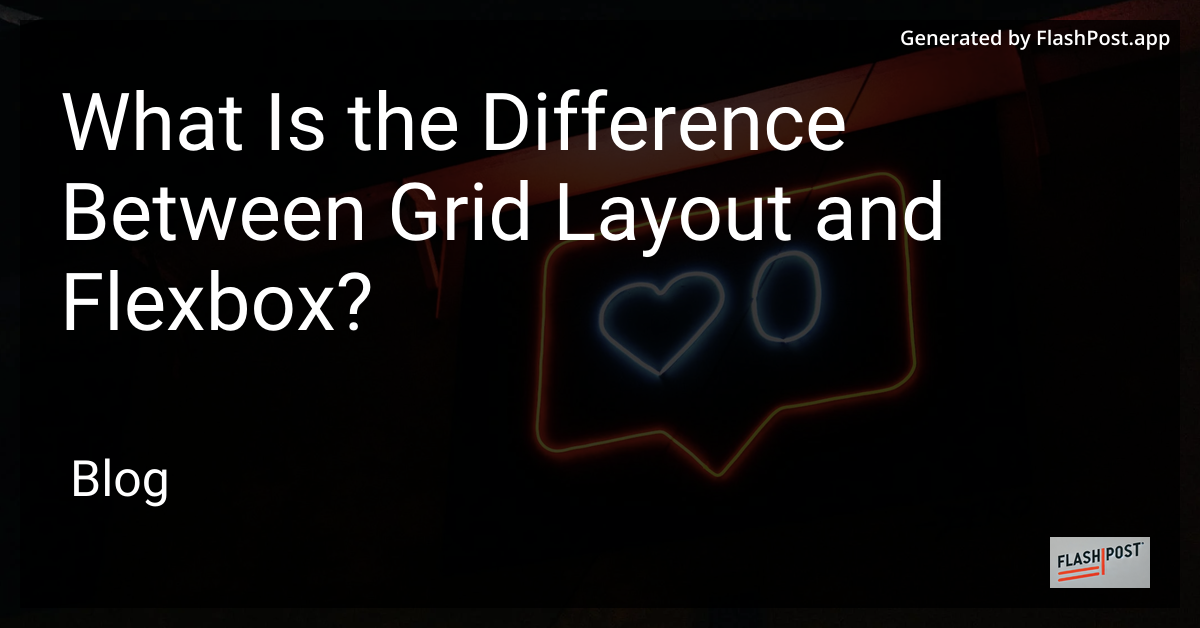What is the Difference Between Grid Layout and Flexbox?
In the realm of modern web design, understanding the differences between Grid Layout and Flexbox is essential for developers who strive for responsive and user-friendly websites.
Grid Layout
The CSS Grid Layout is a sophisticated, two-dimensional layout system that provides control over both rows and columns. It is particularly beneficial when designing complex web pages, as it allows for overlapping and aligning items both vertically and horizontally. If you're interested in learning how to create a responsive grid layout, there are numerous resources available online.
Flexbox
In contrast, Flexbox (Flexible Box Layout) is a one-dimensional layout method designed for aligning items either in a row or a column. It's perfect for simpler designs that need to distribute space dynamically within a container. Flexbox is especially useful when working with a series of items that require a consistent spacing. For those utilizing grid layout, Flexbox can complement it by handling component alignment and distribution of space efficiently.
Key Differences
- Dimensionality: Grid is two-dimensional, managing both rows and columns, while Flexbox is one-dimensional.
- Complexity: Grid is ideal for complex layouts, whereas Flexbox is suited for simpler tasks.
- Use Case: Use Grid for layout at the page level, and Flexbox for components.
If you're diving into adding images to a Tkinter grid layout, or seeking grid layout customization, both styles can provide immense flexibility and control depending on the project requirements.
In conclusion, both CSS Grid and Flexbox have their unique advantages and applications. Understanding when to use either system can significantly enhance the responsiveness and aesthetic appeal of a webpage. The key is to assess the layout requirements of your project and choose the method that best fits your needs.
